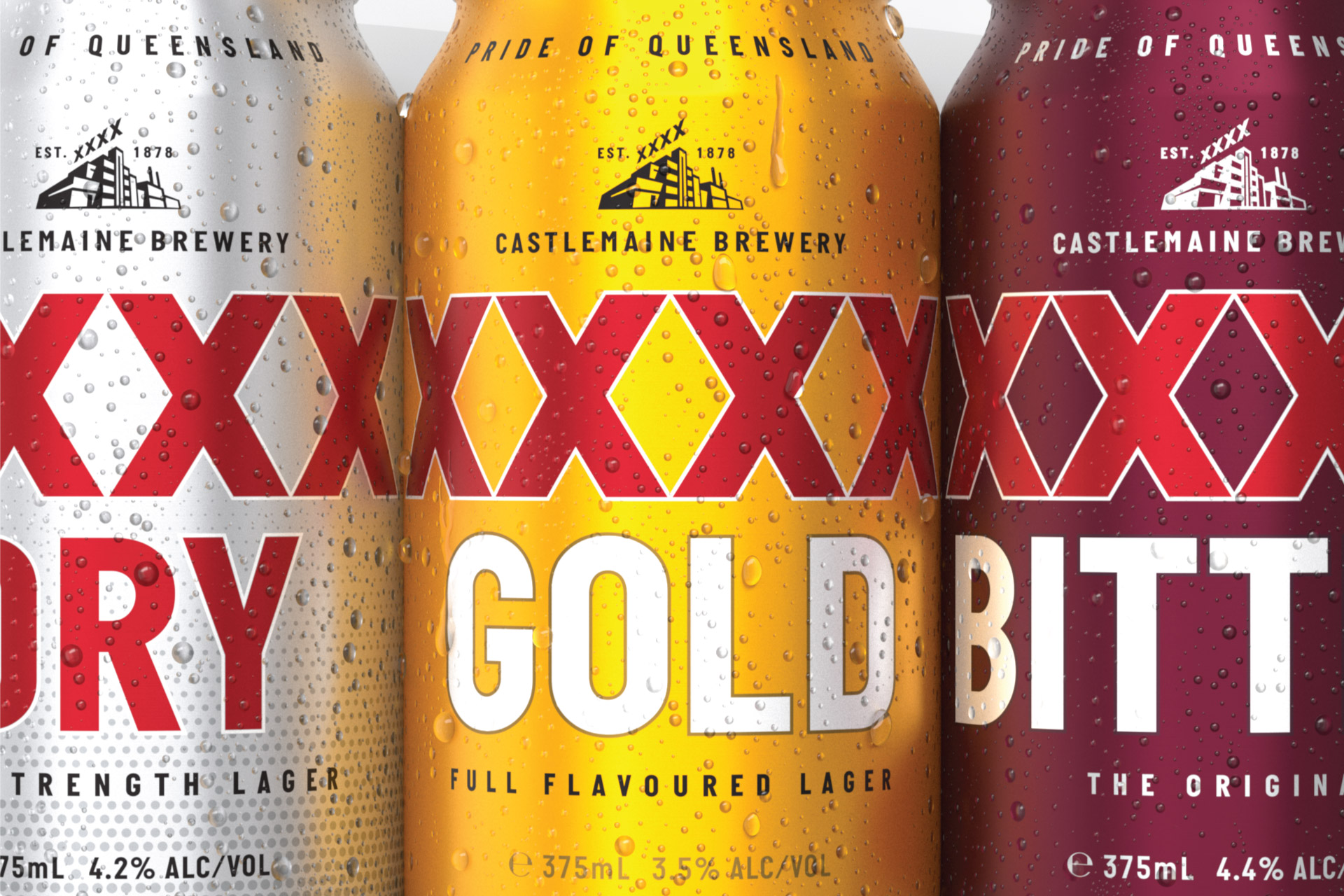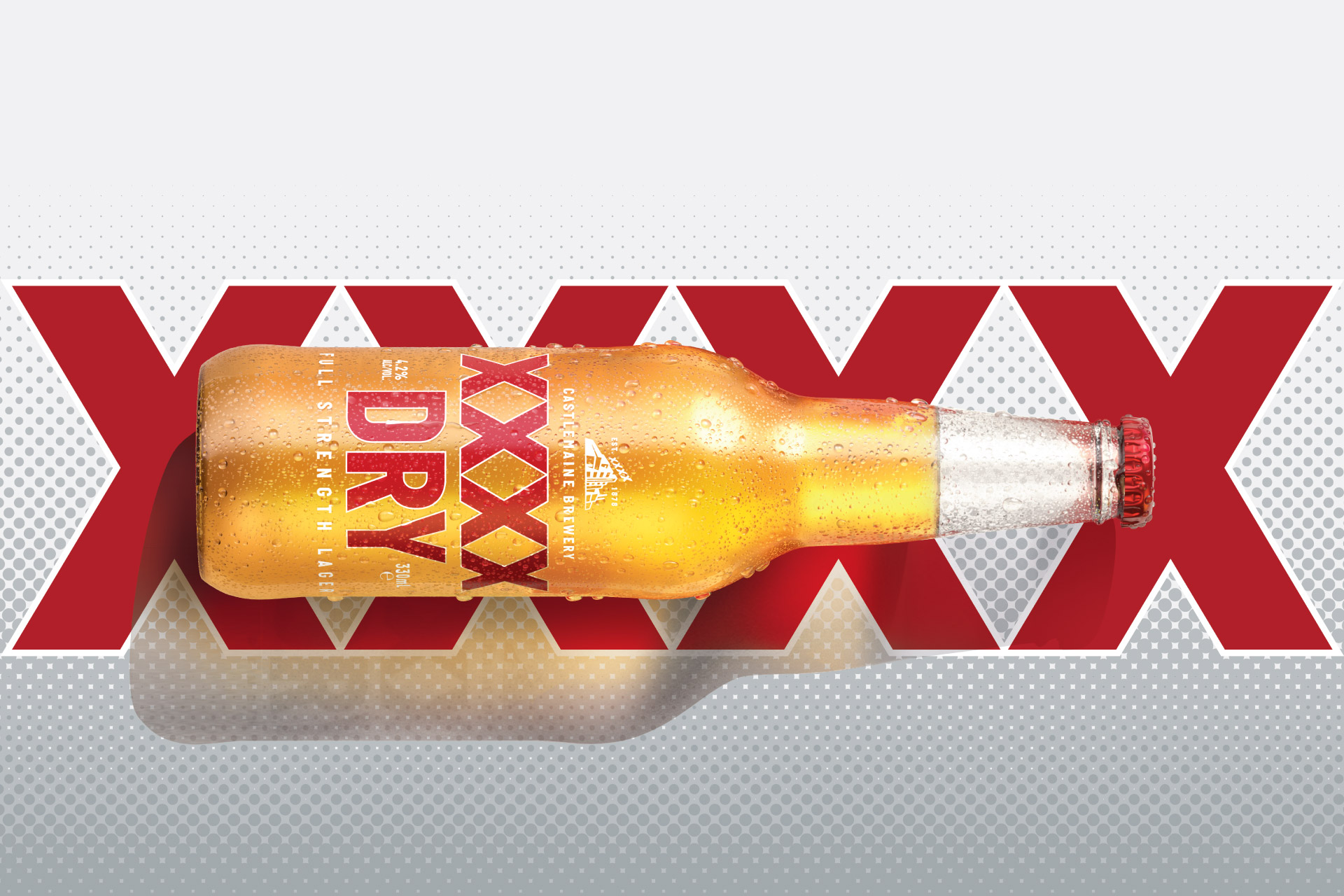What Does Xxxx Mean? Deciphering Placeholders In Your Digital Life
Have you ever seen a sequence of letters and numbers, perhaps like a product key, where some parts are replaced with "x" marks? Or maybe, just maybe, you've noticed a credit card number displayed with only the last few digits visible, the rest hidden behind those familiar "x"s. It's a common sight in our digital world, and it's actually quite important. So, what does "xxxx" really mean when you see it pop up on your screen? It's more than just a random placeholder; it's a quiet guardian of your personal information, a little sign that something is being kept safe from prying eyes.
Seeing "xxxx" can feel a bit mysterious at first, can't it? Like, what are those hidden characters? Why are they there? Well, it's a simple yet very effective way to keep sensitive details private. Think about your Windows 10 product key, for instance. It's a rather long string of characters, divided into groups. When you see "x"s in place of some of those numbers, it's not just for show; it's a deliberate choice to protect your unique software identifier. It helps to keep your private stuff private, which is pretty good, you know?
This idea of using "xxxx" goes beyond just product keys. It shows up in lots of places where personal data needs a bit of a shield. From bank statements to online forms, these placeholders are a subtle reminder that companies and systems are trying to be careful with your information. It's a way to give you just enough detail to know what's going on, but not so much that someone else could misuse it. It's, in a way, a little nod to your privacy, which is something we all really appreciate these days, isn't it?
- Imskirby The Dog Incident
- Joe Pesci Health A Comprehensive Look At The Iconic Actors Wellbeing
- Morten Harket The Voice Of Aha And His Enduring Legacy
- Aishah Sofey Onlyfans Leaked
- Unveiling The Charisma Of John Stamos Young
Table of Contents
- The Role of 'xxxx' in Digital Security
- ‘xxxx’ as a Pattern or Placeholder
- Why Data Masking Matters to You
- Staying Smart About Your Digital Footprint
- Frequently Asked Questions About 'xxxx' and Data Masking
The Role of 'xxxx' in Digital Security
When you spot "xxxx" in a digital context, it's usually a sign that something is being kept private. It's a visual cue that a system is actively working to shield sensitive bits of information from being fully exposed. This practice is pretty common, especially in areas where data breaches could cause a lot of trouble. It's like a little digital curtain, you know, just enough to obscure the view without completely hiding what's behind it. This helps keep things safe, which is a big deal for everyone.
Masking Sensitive Information
Data masking is the technical term for what "xxxx" often represents. It means replacing real data with characters like "x" or asterisks. This is done to protect the actual, sensitive details. For instance, when you see your credit card number on a receipt, you'll often see something like "************1234." The "x"s, or in this case, asterisks, hide the first twelve digits, leaving only the last four visible. This allows you to verify the card used without revealing the full number to anyone who might glance at your receipt. It's a simple, yet rather effective, way to keep your financial information a bit more secure, isn't it?
This masking is not just for credit cards, either. It pops up in other places, too. Think about Social Security numbers, bank account numbers, or even parts of your address. Any piece of data that could be used for identity theft or fraud is a candidate for masking. The goal is to make sure that if someone unauthorized gets ahold of some data, they don't get the whole picture. It's a very important step in data protection, actually, and it helps a lot with privacy.
Understanding Product Keys and Their Structure
A Windows 10 product key is a really good example of where "x"s might show up. This key is a unique string, usually 25 characters long, broken into five groups of five characters each. For example, it might look something like "ABCDE-FGHIJ-KLMNO-PQRST-UVWXY." Now, when you're looking at how to find or display this key, you might see examples where the actual numbers are replaced by "x"s. This is just to illustrate the format without giving away a real, active key. It's a way to teach you about the structure, without compromising security. You know, it's pretty clever how they do that.
These product keys are very important for activating software and proving you own a legitimate copy. Because they are so crucial, they need to be kept private. If someone else gets your product key, they could potentially use your software license. So, when you see "x"s representing the numbers in a product key example, it's usually just a visual aid. It's showing you the pattern: "xxxx-xxxx-xxxx-xxxx-xxxx." It’s a bit like a blueprint, showing you the shape without giving away the actual building materials, so to speak. This helps everyone understand the format better, which is useful.
‘xxxx’ as a Pattern or Placeholder
Beyond just hiding sensitive data, "xxxx" can also act as a general placeholder or a pattern to look for in programming and data analysis. In some ways, it's a universal symbol for "something goes here" or "a sequence of characters." This makes it quite versatile in different technical contexts. It's a bit like using a blank space in a sentence; it tells you something is missing, but it's not necessarily secret, just not filled in yet. This flexibility is really quite useful, you know.
Recognizing Data Patterns
In the world of computer programming, especially when dealing with text or strings, "xxxx" might be used to represent a pattern that needs to be identified. For example, a programmer might ask a system to check if a specific string starts with "xxxx." Here, "xxxx" isn't hiding anything; it's a literal sequence of characters they are looking for. This is often seen in older programming discussions or examples where a generic four-character sequence is needed. It helps illustrate how to search for specific beginnings of text. It's a pretty straightforward concept, actually, for anyone learning about coding.
This kind of pattern recognition is pretty fundamental to how many computer programs work. Think about searching for a specific word in a document, or finding a particular file name. The computer needs a pattern to match against. So, when you see "xxxx" in this context, it's simply a stand-in for any four characters that match a certain rule. It's a way to talk about how computers look for things, which is very much a part of how our digital world operates. It's a bit like a puzzle, where you're looking for a specific piece to fit, isn't it?
Practical Uses in Everyday Technology
The concept of "xxxx" as a placeholder extends to many everyday tech scenarios. When you fill out a form online, and it asks for a specific format, like a phone number or a date, sometimes it will show "xxxx" or "yyyy" to guide you. This isn't about security in those cases, but rather about structure. It's telling you, "Hey, put four digits here." This helps make sure you enter information in the correct way, which can prevent errors later on. It's a small detail, but it really helps make using technology a little smoother, you know?
Even in discussions about file types, like the difference between `.h` and `.hpp` files for C++ programming, the idea of a specific suffix or pattern is present. While not directly "xxxx," it's about recognizing unique identifiers. The point is that understanding these little patterns, whether they are "xxxx" or a file extension, helps us make sense of how digital information is organized and presented. It's about getting familiar with the language of computers, which is pretty important these days, isn't it?
Why Data Masking Matters to You
Understanding why "xxxx" is used, especially for data masking, is pretty important for everyone who uses the internet. It's not just a technical detail; it directly affects your personal security and privacy. When companies use these placeholders, they're taking a step to reduce the risk of your sensitive information falling into the wrong hands. It's a layer of protection that works quietly in the background, but it's very much there to keep you safe. It’s a good thing, really, that they do this.
Protecting Your Financial Details
Your financial information, like credit card numbers and bank account details, is a prime target for malicious actors. When you make a purchase online or check your bank statement, seeing those "x"s or asterisks covering most of your account number is a welcome sight. It means that even if a system is compromised, or if someone glances over your shoulder, they won't get the full picture of your financial identity. This significantly reduces the chance of fraud. It's a bit like having a lock on your door; it doesn't stop everything, but it makes it much harder for unwanted guests to get in, which is pretty reassuring, isn't it?
This practice is also vital for compliance with various privacy regulations around the world. Governments and industry bodies set rules about how sensitive data should be handled. Data masking is a key tool for businesses to meet these requirements, ensuring they are being responsible custodians of your information. So, those "x"s are not just about convenience; they're about adhering to strict security standards. It's something that helps build trust in online transactions, which is very much needed these days.
Securing Your Software Licenses
Just like financial details, software license keys are unique and valuable. If your Windows product key, for example, were to become public, someone else could use it to activate their own copy of the software, essentially stealing your license. The use of "xxxx" in examples or partial displays of these keys helps to educate users about their format without exposing actual, usable keys. This protects the integrity of the software licensing system and, by extension, your investment in the software. It’s a pretty simple way to keep things fair, you know, for everyone who buys software.
It's also a reminder that you should always treat your full product keys with great care. Don't share them publicly, and be wary of any requests for your full key unless you are absolutely sure of the source. The "xxxx" is a visual cue that this information is private and should remain so. It’s a little flag, you might say, telling you to be careful. This awareness is really important for digital safety, and it helps a lot in the long run.
Staying Smart About Your Digital Footprint
The presence of "xxxx" in various digital contexts serves as a subtle yet constant reminder about data privacy and security. It encourages us to be more aware of how our information is handled and to appreciate the measures taken to protect it. While "xxxx" itself is just a placeholder, its widespread use highlights a fundamental principle: not all information needs to be fully visible all the time. Being smart about your digital footprint means understanding these little signs and acting accordingly. It’s about being a bit more watchful, you know, in this online world.
For instance, when you're asked to confirm details, and you see most of a number masked, it should give you a sense of comfort that your data is being treated with care. However, it also means you should still verify the visible parts carefully. Always double-check the last four digits of a card number or the last few characters of a product key to make sure you're looking at the right information. This little bit of vigilance goes a long way in preventing mistakes or even potential fraud. It's a very practical habit to pick up, actually.
Keeping up with current security practices is also a good idea. Things change, and so do the ways people try to get at your data. So, staying informed about how companies protect your information, and what you can do on your end, is pretty beneficial. It’s a bit like keeping your house secure; you update the locks and alarms as technology improves. The same goes for your digital life. You can learn more about data security practices on our site, and it’s always good to be informed about how to keep your personal details safe. You can also link to this page for more information on privacy best practices.
Frequently Asked Questions About 'xxxx' and Data Masking
People often have questions about how their data is displayed and protected. Here are a few common inquiries related to the use of "xxxx" and data masking.
What does it mean when I see "xxxx" in my product key?
When you see "xxxx" in a product key, it usually means those characters are placeholders for the actual numbers or letters. It's a way to show you the format of the key without revealing the unique, sensitive code itself. This keeps your specific key private while still explaining how it's structured. It's a bit like a template, really.
Why do companies show only the last four digits of my credit card number?
Companies show only the last four digits of your credit card number, replacing the rest with "x"s or asterisks, for security reasons. This practice, called data masking, protects your full card number from being exposed if a system is breached or if someone sees your receipt. It allows you to confirm the card used for a transaction without revealing all the sensitive details. It's a very common security measure, you know, for keeping your money safe.
Is "xxxx" always used for sensitive information?
Not always. While "xxxx" is very often used to mask sensitive information like product keys or financial details, it can also be a general placeholder in programming or a pattern to search for. Sometimes, it just means "any four characters" in a generic example. So, its meaning really depends on the context where you see it. It's a versatile symbol, actually, in the digital world.



Detail Author:
- Name : Cody Heidenreich
- Username : hazel17
- Email : kebert@schmitt.com
- Birthdate : 2006-10-22
- Address : 7376 Marjorie Wall Apt. 164 East Jade, NY 29320-2156
- Phone : (445) 619-4545
- Company : Baumbach-Powlowski
- Job : Electrical Drafter
- Bio : Voluptatem maxime fuga voluptatem fugiat rerum numquam nisi. Ex quisquam deleniti rem dolores id natus iusto in. Voluptas nemo nihil incidunt libero odit.
Socials
facebook:
- url : https://facebook.com/blaze_dev
- username : blaze_dev
- bio : Totam dolor ea sunt ea aliquam facilis voluptate.
- followers : 5443
- following : 354
twitter:
- url : https://twitter.com/bhoppe
- username : bhoppe
- bio : Possimus laudantium ratione optio iste. Iste vel autem officiis ex cupiditate quia quisquam. Rerum illo sequi ut at dolor eos.
- followers : 786
- following : 409
instagram:
- url : https://instagram.com/hoppeb
- username : hoppeb
- bio : Dolores asperiores aut id illum eaque quasi iste. Voluptatem nesciunt et eum.
- followers : 6725
- following : 18
linkedin:
- url : https://linkedin.com/in/blaze5722
- username : blaze5722
- bio : Expedita veniam eius assumenda.
- followers : 2990
- following : 564
tiktok:
- url : https://tiktok.com/@bhoppe
- username : bhoppe
- bio : Minima quo veniam repellendus omnis tenetur similique quibusdam.
- followers : 3244
- following : 643